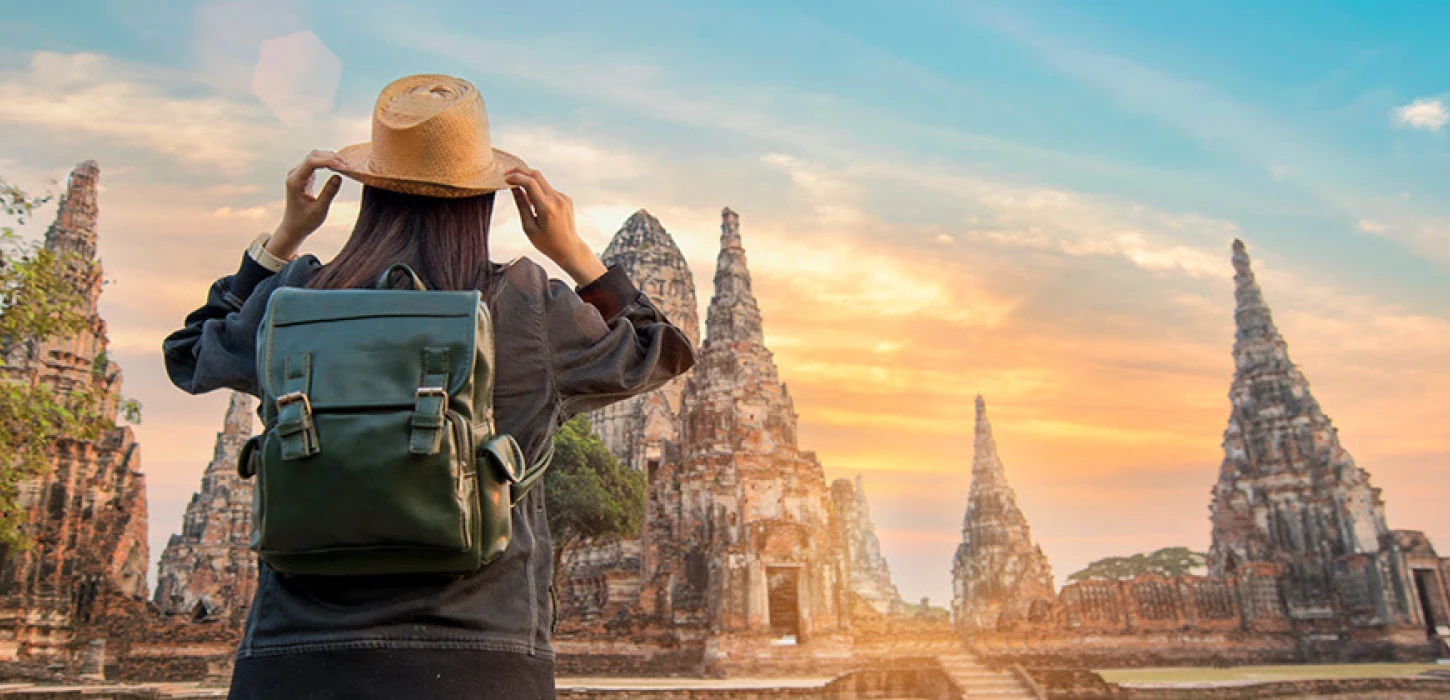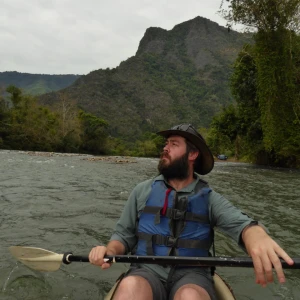How to reduce your environmental impact as a traveller
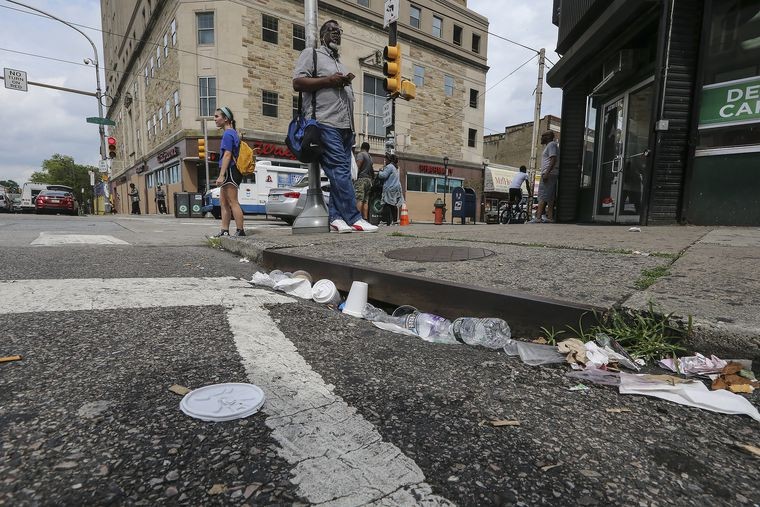
Nếu bạn đã từng du lịch đến Đông Nam Á hoặc Lào trước đây, một trong những điều bạn chắc chắn sẽ chú ý là lượng rác thải bạn có thể tìm thấy ở hầu hết mọi nơi. Với các lựa chọn thu gom rác hạn chế, ít lựa chọn tái chế và thiếu các chương trình giáo dục môi trường hoặc giảm thiểu rác thải, thật dễ hiểu thái độ bình thường của người dân địa phương đối với việc xả rác.
Hãy xem những gì chúng ta có thể làm với tư cách là khách du lịch cá nhân để giảm tác động đến môi trường.

Nếu chúng ta sử dụng bảy nguyên tắc Không để lại dấu vết làm điểm khởi đầu, chúng ta sẽ có cơ hội hiểu rõ cách có thể giảm tác động đến môi trường khi đi du lịch và giữ cho những địa điểm chúng ta yêu thích luôn tươi đẹp cho thế hệ tương lai. Nguyên tắc Không để lại dấu vết ban đầu được tạo ra cho những người đi du lịch và cắm trại ở vùng quê, hoặc những vùng hoang dã xa xôi. Tuy nhiên, chỉ cần tinh chỉnh một chút, chúng ta có thể dễ dàng áp dụng những nguyên tắc này vào việc đi du lịch.
1. Lập kế hoạch trước và chuẩn bị

Nguyên tắc đầu tiên của Không để lại dấu vết là lập kế hoạch trước và chuẩn bị. Mặc dù lời khuyên tốt nói chung nhưng nó cũng nên được áp dụng khi bạn dự định giảm tác động của mình. Hãy suy nghĩ và lên kế hoạch cho những thứ như nước uống, dao kéo, túi nhựa.
Bạn sẽ mang theo một chai nước có thể tái sử dụng chứ? Bạn sẽ đổ đầy chai ở đâu? Bạn sẽ xử lý nước máy hay sử dụng các trạm nạp nước?
Bạn sẽ mang theo dao kéo hoặc đũa có thể tái sử dụng của riêng mình chứ? Bạn sẽ rửa chúng như thế nào? Bạn sẽ thông báo bằng cách nào với các quầy hàng thực phẩm rằng bạn không muốn những đồ dùng một lần?
Bạn sẽ mang theo một chiếc túi xách có thể tái sử dụng để mua sắm chứ? Làm thế nào bạn có thể nói với các cửa hàng rằng bạn không muốn sử dụng túi nhựa?
Hãy cân nhắc những điều này trước khi bắt đầu chuyến đi, lên kế hoạch cho những gì bạn sẽ làm và bạn sẽ ở một nơi tốt hơn nhiều để giảm thiểu tác động khi đi du lịch.
2. Du lịch và cắm trại trên bề mặt bền chắc
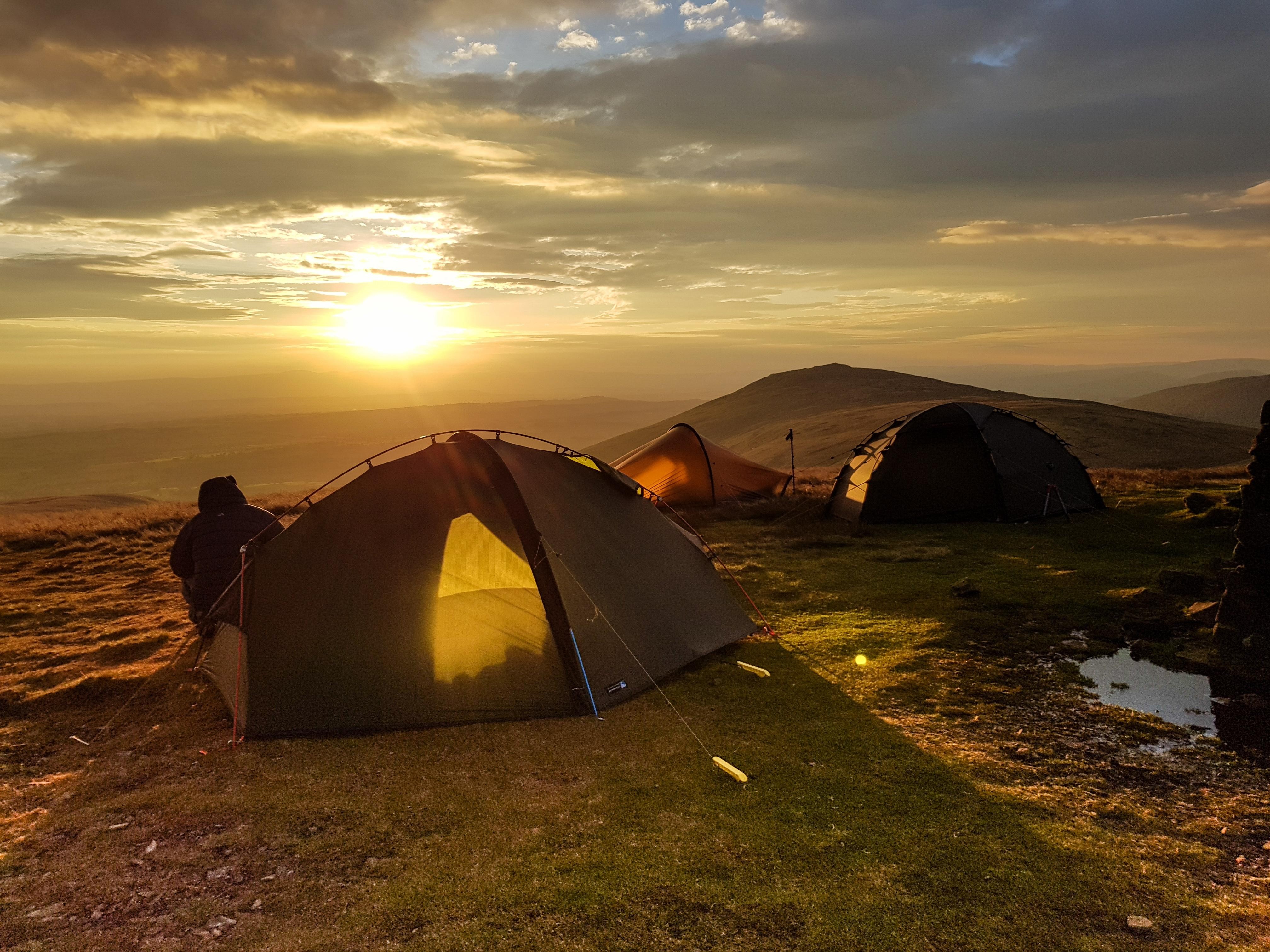
Mặc dù điều này rõ ràng có thể áp dụng nhiều hơn cho cắm trại nhưng nó cũng có thể được điều chỉnh để áp dụng cho du lịch. Nếu dự định cắm trại trong chuyến đi, bạn chỉ nên cắm trại trên những bề mặt bền chắc để giảm tác động. Lý tưởng nhất đây sẽ là một khu cắm trại đã được thiết lập sẵn. Nếu bạn đang cắm trại ở một nơi không phải là khu cắm trại được thiết lập sẵn, thì hãy dành chút thời gian khi rời đi để 'nhập tịch' khu vực đó. Điều này có nghĩa là làm cho có vẻ như chưa có ai đến đó trước bạn và sẽ giúp khu vực này phục hồi sau chuyến thăm của bạn.
Nếu bạn dự định đi bộ đường dài hoặc khám phá các khu vực tự nhiên, hãy đảm bảo rằng bạn đang đi theo những con đường mòn. Việc đi chệch hướng sẽ làm tăng đáng kể tác động của bạn đến môi trường địa phương và ở Lào cũng có thể khiến bạn gặp rủi ro về UXO.
Bạn cũng có thể hiểu nguyên tắc này là ủng hộ các điểm đến và hoạt động kinh doanh bền vững. Tránh sử dụng các doanh nghiệp không áp dụng các biện pháp bền vững và tránh các điểm đến không được quản lý theo cách bền vững. Không có tiêu chuẩn rõ ràng cho điều gì thực sự bền vững nên bạn sẽ cần phải tự đưa ra quyết định về những gì bạn cho là có thể chấp nhận được.
3. Xử lý rác thải đúng cách
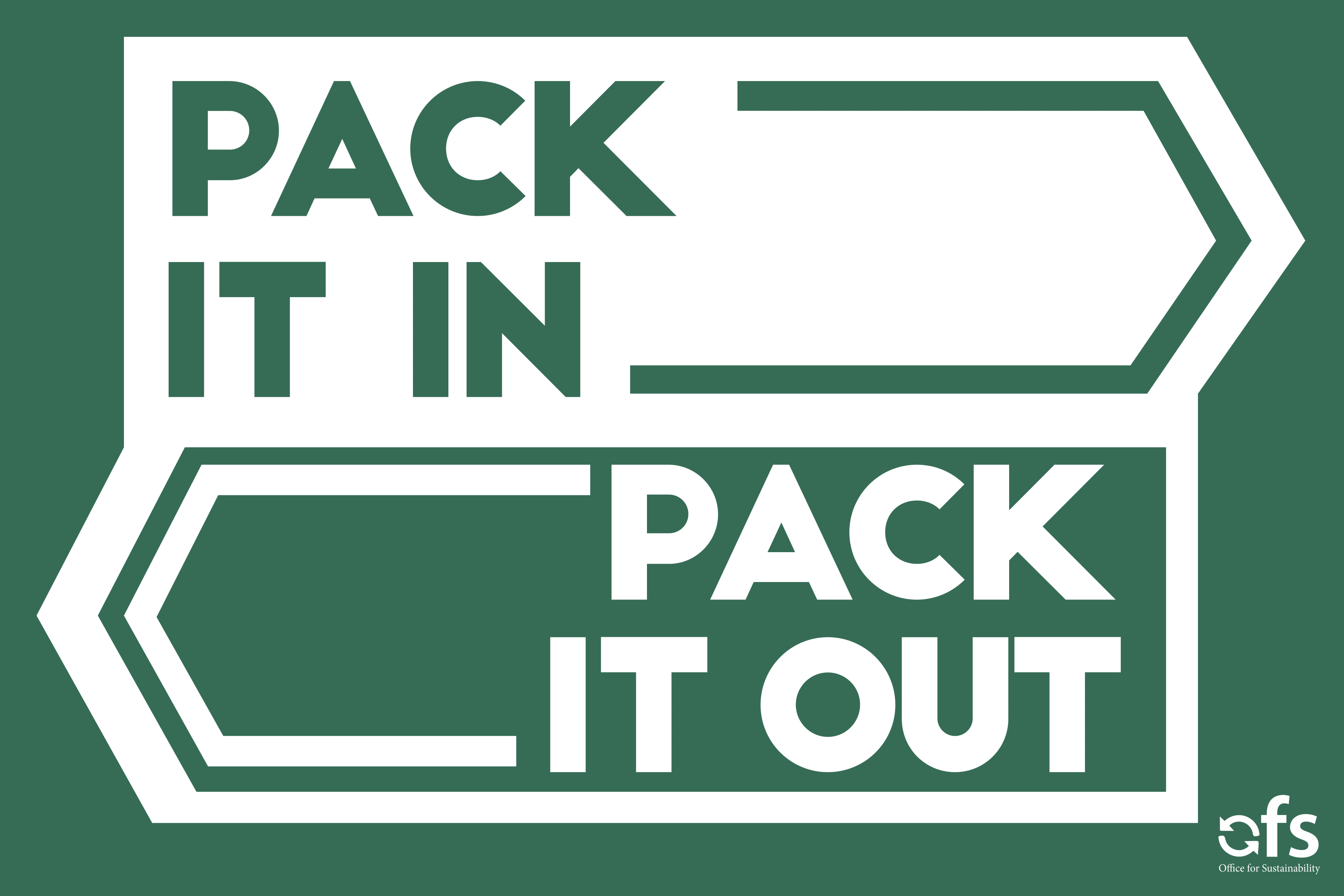
Theo cách giải thích truyền thống về nguyên tắc Không để lại dấu vết, điều này chủ yếu đề cập đến việc đi vệ sinh trong môi trường tự nhiên. Quan trọng nhất, vẫn còn những bài học cần rút ra ở đây cho du khách; bỏ rác của bạn vào thùng. Tuy nhiên, không phải lúc nào cũng có sẵn thùng rác, đặc biệt là ở những nơi xa xôi hoặc khó tiếp cận. Lập kế hoạch trước cho việc này và giảm lượng rác tiềm ẩn mà bạn sẽ tạo ra cũng như lập kế hoạch về cách bạn sẽ mang rác theo mình. Câu thần chú “đóng gói vào, đóng gói lại” rất dễ nhớ và dễ làm theo.
Cũng xem xét phế liệu thực phẩm của bạn. Những thứ có thể phân hủy sinh học như vỏ trái cây hoặc vỏ hạt cũng nên được loại bỏ. Những thứ này có thể thu hút các loài gây hại như chuột và cũng có thể tích tụ nhanh hơn là phân hủy và làm cho địa điểm trở nên kém hấp dẫn.
4. Để lại những gì bạn tìm thấy
Điều này có thể dễ dàng áp dụng cho cả môi trường hoang dã và các địa điểm du lịch nổi tiếng. Các hệ sinh thái rất mong manh và việc loại bỏ các bộ phận của chúng sẽ gây tổn hại cho môi trường. Nó cũng có thể làm giảm vẻ đẹp và sự đặc biệt của một địa điểm khi những khách truy cập thiếu suy nghĩ sẽ lấy đi những gì làm cho địa điểm đó trở nên độc đáo. Nếu mỗi người đến thăm một tảng đá, một bông hoa, hay một bức tượng Phật nhỏ thì chẳng bao lâu nữa sẽ không còn gì để du khách thưởng thức trong tương lai!
5. Giảm thiểu tác động của lửa trại
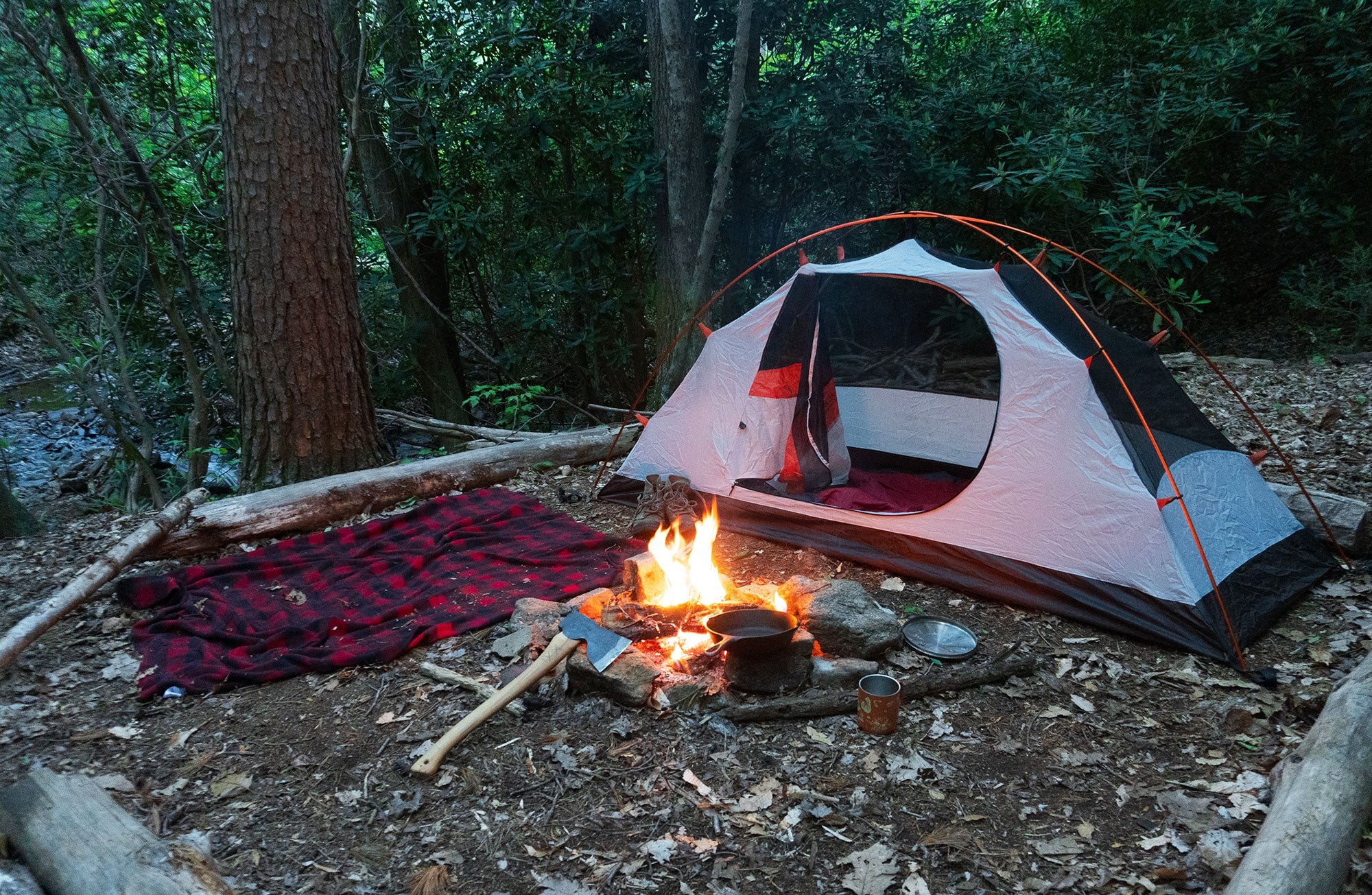
Mặc dù điều này hướng đến cắm trại nhiều hơn nhưng nó vẫn có thể áp dụng cho khách du lịch. Nếu bạn cắm trại trong chuyến đi, hãy đọc về cách bạn có thể giảm thiểu tác động của lửa trại. Thông tin thêm có sẵn trên trang web Leave No Trace mà bạn có thể truy cập bằng cách nhấp vào ĐÂY.
Nếu bạn dự định tổ chức tiệc nướng trong chuyến đi, hãy nghĩ đến cách bạn có thể giảm tác động của đám cháy. Nếu bạn đang tham gia chuyến tham quan nơi họ dự định đốt lửa/BBQ, hãy hỏi công ty du lịch xem họ dự định giảm tác động của đám cháy như thế nào.
6. Tôn trọng động vật hoang dã

Điều này có thể được áp dụng khi đi du lịch trong môi trường tự nhiên, chẳng hạn như công viên quốc gia và các khu vực đông dân cư hơn.
Không mua động vật hoang dã ở chợ và không ghé thăm các địa điểm du lịch cung cấp hoặc quảng bá động vật hoang dã bị nuôi nhốt. Mua động vật hoang dã sống từ chợ để giải phóng chúng ban đầu có vẻ là một ý tưởng hay nhưng tất cả những gì nó làm chỉ là tạo ra nhu cầu thị trường về nhiều động vật hơn. Mua động vật hoang dã chết để làm thực phẩm khuyến khích các hoạt động săn bắn không bền vững, đặc biệt là ở một quốc gia có rất nhiều loài động vật đang có nguy cơ tuyệt chủng.
Không cho ăn hoặc chạm vào động vật hoang dã vì điều này có thể làm thay đổi hành vi của chúng hoặc có thể gây ra các bệnh mới cho bạn và chúng. Đảm bảo rằng bạn không để lại thức ăn thừa sẽ khuyến khích động vật đi vào khu vực đông dân cư. Quan sát động vật hoang dã một cách lặng lẽ để không làm phiền chúng vì tiếng ồn lớn có thể gây căng thẳng và có thể thay đổi hành vi của chúng.
7. Hãy quan tâm đến những du khách khác
Trong bối cảnh môi trường hoang dã, điều này thường đề cập đến việc không cản trở trải nghiệm của người khác bằng cách giữ tiếng ồn lớn ở mức tối thiểu, cho phép người khác đi qua đường mòn và không tập trung đông đúc tại các khu cắm trại.
Trong bối cảnh du lịch, điều này có thể được mở rộng sang việc quan tâm đến văn hóa và truyền thống của đất nước bạn đang đến thăm. Xem bài viết của chúng tôi trên temple etiquette hoặc do’s and don’ts in Laos để biết thêm thông tin về cách thể hiện sự tôn trọng khi ở Lào. Nhìn chung coi đây là quê hương của người Lào. Mặc dù bạn có thể thấy mọi thứ ở đây kỳ lạ và xa lạ nhưng đối với người dân Lào đây là cuộc sống bình thường của họ. Đừng chỉ trỏ, nhìn chằm chằm hoặc hét lên về khám phá kỳ lạ mới nhất của bạn.

Đây không phải là một danh sách độc quyền mà là một hướng dẫn. Tính bền vững là một vấn đề phức tạp và luôn phát triển. Nếu bạn cho rằng chúng tôi đã bỏ sót điều gì đó hoặc có những ý tưởng tuyệt vời khác về cách khách du lịch có thể giảm tác động của họ thì chúng tôi rất mong nhận được phản hồi từ bạn! Nhưng bây giờ; bắt đầu lập kế hoạch về cách giảm tác động của bạn và sau đó bắt tay vào thực hiện Discover Laos Today!

